Almost 10,000 meteorites hit Earth every year
How many meteorites hit Earth every year? Fewer than 10,000, but is it dangerous for living organisms? Find it out here.
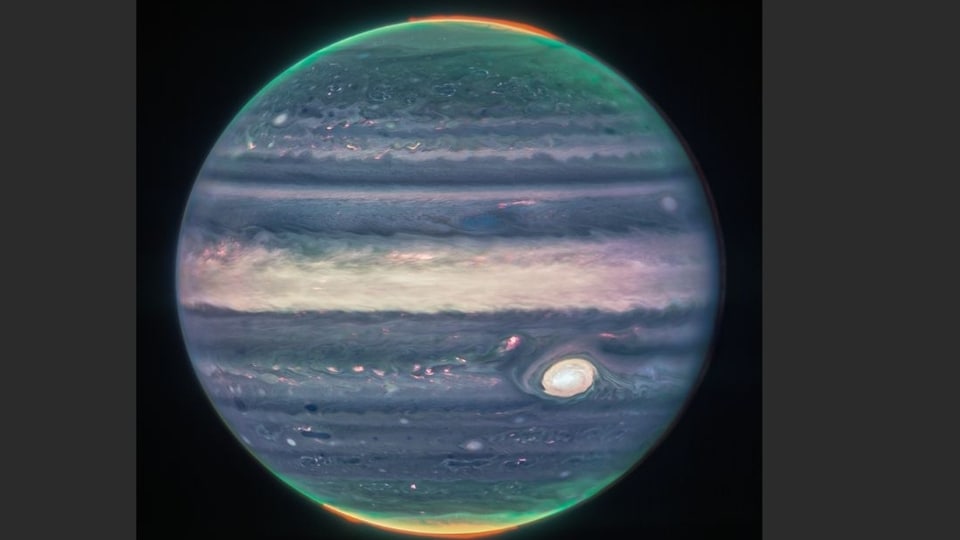
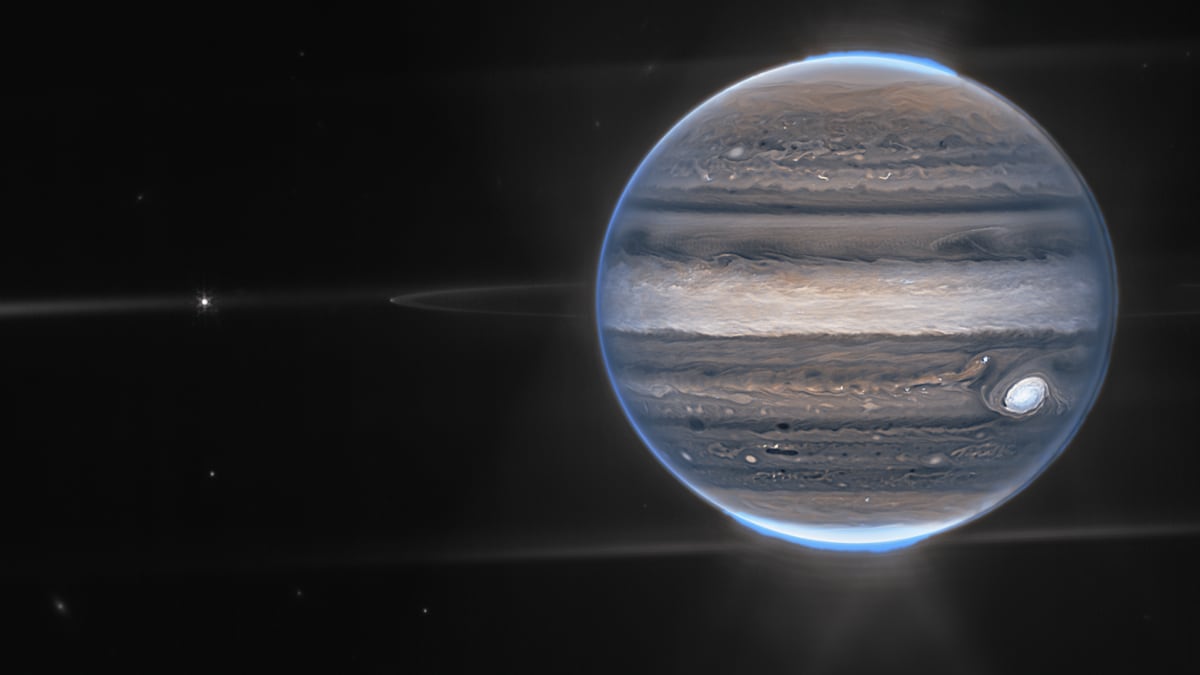

_1661230453587.jpg)
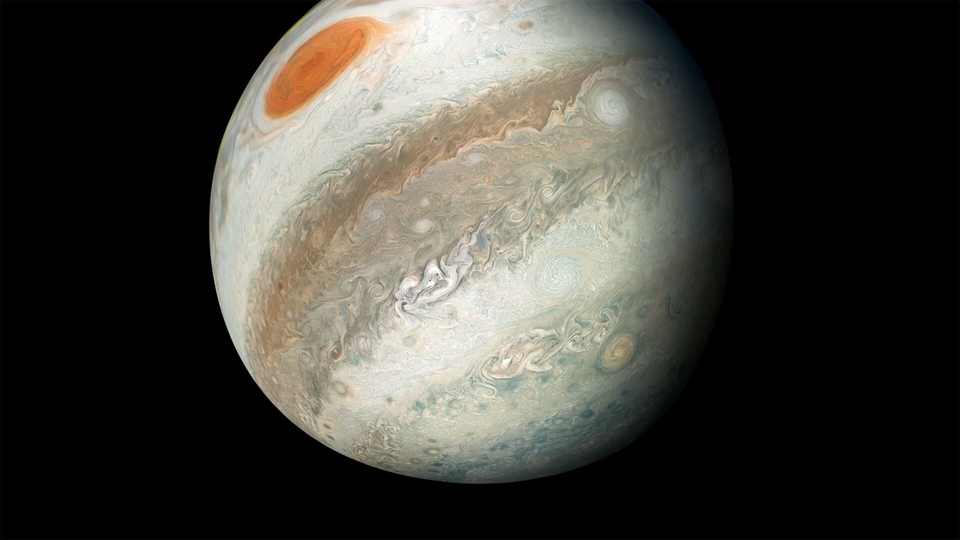
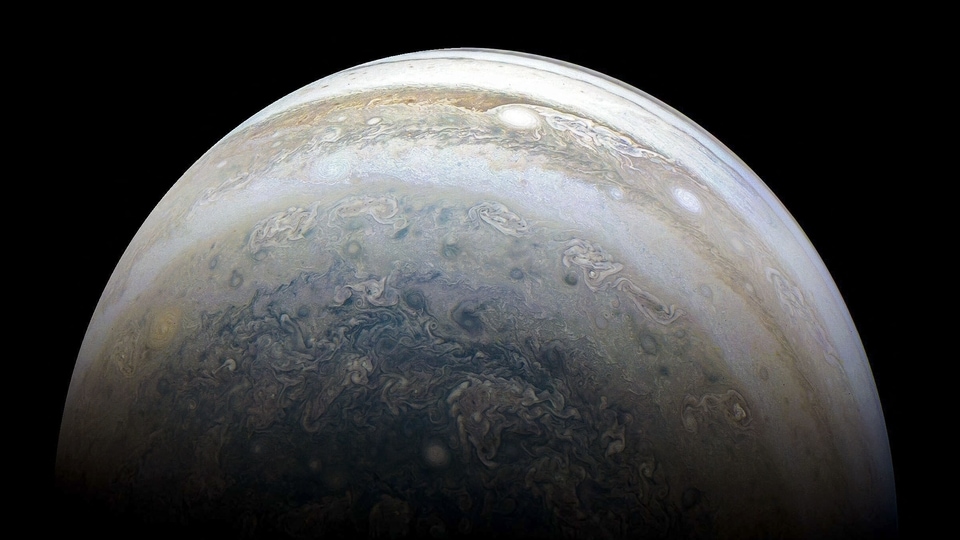
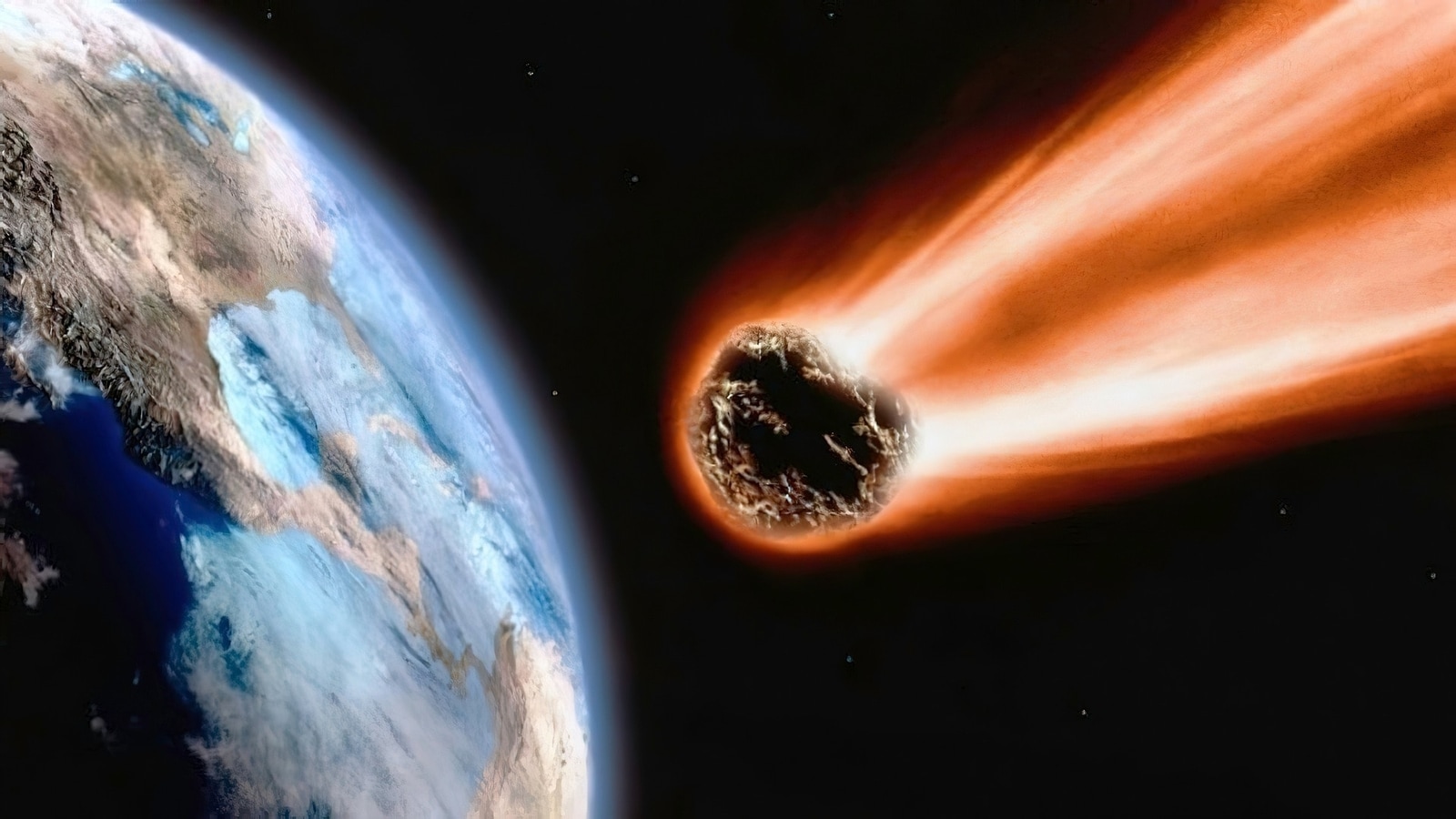
 View all Images
View all ImagesHave you seen a shooting star? Well these are not exactly stars but are burning rocks from space that enter the Earth's atmosphere. According to the information provided by the American Meteor Society (AMS), Meteoroids are the smallest members of the solar system and whenever a meteoroid plows into the Earth's atmosphere, it will create a brief flash of moving light in the sky, called a meteor (which appears to be a shooting stars). If remnants of the parent meteoroid survive the trip through the atmosphere to reach the ground, then these remnants are called meteorites.
But how many meteorites hit the Earth surface every year? It is very rare that a giant object from space hits the Earth's surface. Generally, most rocks that fall to Earth are very small, and relatively few survive their fiery entry through Earth's atmosphere. Hence, causing no threat or harm for other living organisms.
According to a report by livescience, "Scientists estimate that fewer than 10,000 meteorites collide into Earth's land or water, which is a drop in the bucket compared with the moon, which doesn't have an atmosphere and gets hit by varying sizes of space rocks: about 11 to 1,100 tons (10 to 1,000 metric tons) — the mass of about 5.5 cars — of space rock dust per day, and about 33,000 pingpong-ball-sized space rock collisions yearly."
Most of Earth's detected meteors "come from the meteor showers associated with the dust released by comets," said Gonzalo Tancredi, an astronomer at the University of the Republic in Montevideo, Uruguay, as quoted by livescience.
"To estimate how many meteorites successfully hit Earth each year, Tancredi analyzed data from the Meteoritical Society. From 2007 to to 2018, there were 95 reports of meteorites falling to Earth, averaging a rate of about 7.9 reports per year," the report added.
The report further said that it is impossible to know for sure how many meteorites fall into the ocean and sink to the bottom undetected.
"Tancredi noted that space rocks measuring about 33 feet (10 m) wide are expected to enter Earth's atmosphere every six to 10 years. A rock big enough to generate an explosion like that of the 1908 Tunguska event in Russia happens about every 500 years, he added. A major cosmic impact from a rock about 3,280 feet (1 km) wide is estimated to happen every 300,000 to 500,000 years, whereas a collision like the one that ended the Cretaceous period and obliterated the dinosaurs might take place once in 100 million to 200 million years," according to the report.
Catch all the Latest Tech News, Mobile News, Laptop News, Gaming news, Wearables News , How To News, also keep up with us on Whatsapp channel,Twitter, Facebook, Google News, and Instagram. For our latest videos, subscribe to our YouTube channel.





























